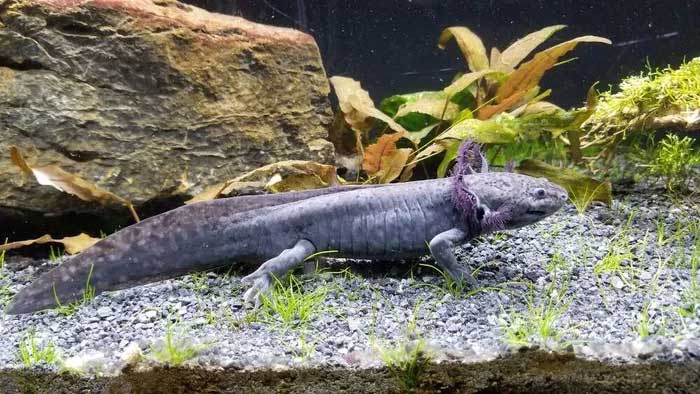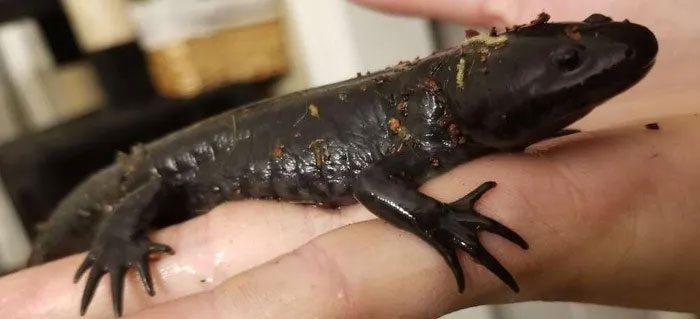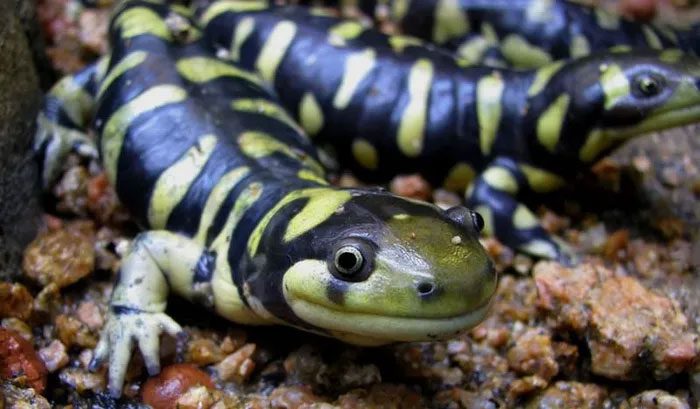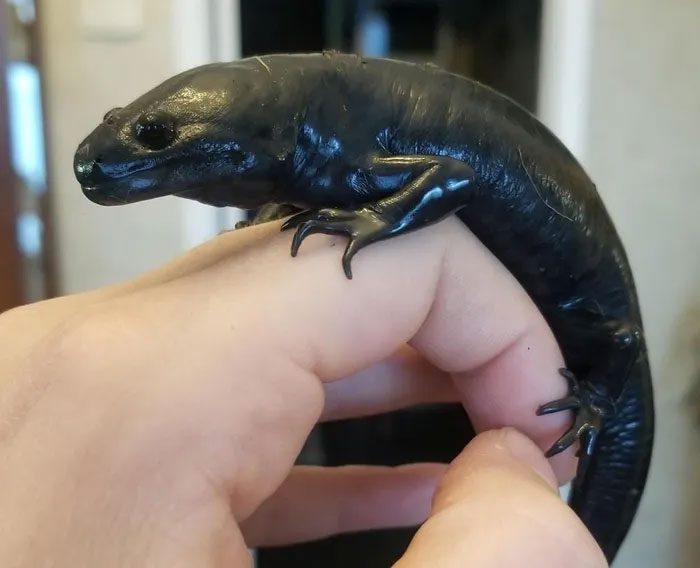The appearance of rare axolotl morphs is a result of our alteration of their natural habitats.
The axolotl has captured international attention since it was first brought to Paris from Mexico in 1864. Europeans across the continent began to breed these salamanders, marking the beginning of their widespread trade as pets due to their ease of breeding in captivity. Eventually, as axolotls grew more popular, some owners began to notice something peculiar: their pets began to “evolve” from aquatic animals into terrestrial ones.

The axolotl, also known as Ambystoma mexicanum, is a well-known aquatic salamander famous for its ability to regenerate its spinal cord, heart, and limbs. These amphibians can also easily produce new nerve cells throughout their lives. In 1964, researchers observed that adult axolotls could regenerate parts of their brains, even after a significant portion had been completely removed. However, a new study shows that this particular salamander species has a limited ability to rebuild its original tissue structure.
Courtney Bailey, an owner, detailed the transformation of her axolotl named Gollum on the internet. Although Bailey was aware of the rare transformations in axolotls, she never expected to witness this change firsthand.
“This was Gollum’s original appearance when I first bought him. He was quite a beautiful creature with webbed feet, feathery gills on his neck, and a cute little smile on his face. Like other axolotls, he was supposed to live underwater his entire life. But one day, I noticed that he seemed sick, and I completely isolated him from the other salamanders in the tank. Within a week, his appearance began to change; he no longer had webbing on his feet, his coloration changed, and he didn’t want to live underwater anymore.”

As of 2010, wild axolotls were on the brink of extinction due to urbanization in Mexico City and the consequences of water pollution, as well as the introduction of invasive species like tilapia and bass. They are currently listed as endangered by CITES and critically endangered in the wild by the IUCN, with their numbers continuing to decline. They were once a staple food in the diet of the Aztecs and were sold as food, although their rarity today makes this difficult and often illegal.
The evolution of the axolotl remains a contentious topic within the scientific community. However, many believe this occurs for two reasons.
First, the axolotl is currently a critically endangered species in the wild due to habitat degradation. They used to inhabit high-altitude lakes around Mexico City, but now only a few survive in some inland canals in the area, necessitating their evolution to adapt to a new environment.
Second, as axolotl expert Dr. Catherine McCusker from the University of Massachusetts Boston shared with IFLScience, all axolotls kept in captivity worldwide today are descended from at least six individuals. Due to long-term inbreeding, which poses many health risks, breeders have attempted to increase their genetic diversity and make axolotls healthier by breeding captive individuals with tiger salamanders, a close relative.

Tiger salamanders are close relatives of axolotls. They are typically gray, green-black, have large eyes, long necks, sturdy limbs, and large tails. Adult salamanders are rarely seen in open areas as they typically live in burrows and dark, moist areas near ponds and streams in the U.S., southern Canada, and eastern Mexico.
By breeding axolotls with tiger salamanders, humans have created a species that can freely choose its habitat. Some will remain aquatic axolotls, while others may “evolve” into land-dwelling axolotl variants—a phenomenon that can be somewhat confusing for pet owners.
McCusker, who studies the regeneration of axolotls, stated: “The first obvious change is that their gills begin to regress. Once this process is complete, they can no longer breathe underwater and thus will live on land.”

The axolotl’s shape resembles a hybrid between a salamander and a tadpole. The average lifespan of an axolotl in captivity is about 10 years, and they may live longer. In fact, some owners have reported their lifespans can reach up to 20 years. However, this is quite rare.


















































